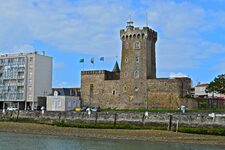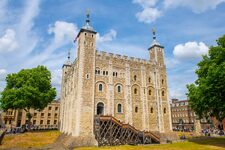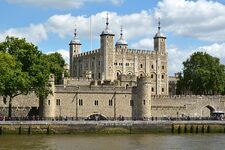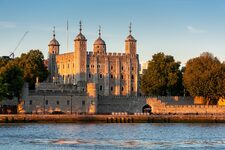The Tower of London: A Historic Fortress at the Heart of the City
The Tower of London: A Historic Fortress and an Iconic Monument
The Tower of London, situated on the banks of the Thames River in the center of London, is one of the city's most iconic and historically significant landmarks. This fortress boasts a rich history spanning over 1,000 years and has played various roles throughout the centuries, from a royal residence to a notorious prison. In this article, we will delve into the history, architecture, and significance of the Tower of London as a historical monument.
Origins and History
The Tower of London was founded by William the Conqueror in 1066, shortly after the Norman conquest of England. It was constructed to mark Norman dominance over the city of London and to serve as a royal residence and military fortress. Over the centuries, the tower was expanded and renovated by different monarchs.
One of its most famous roles was as a prison, where notable figures such as Anne Boleyn, Lady Jane Grey, and Thomas More were imprisoned and executed.
Architecture and Features
The Tower of London is an impressive example of medieval architecture. It is constructed from Caen stone and is surrounded by a water-filled moat. Thick walls, imposing towers, and characteristic battlements add to its appearance as an impregnable fortress.
Within the tower, you'll find various historical buildings, including the White Tower, which is the central and oldest structure in the fortress. The tower also houses the Crown Jewels of the British monarchy, which are on public display.
Historical and Cultural Significance
The Tower of London holds major historical importance for the United Kingdom. It has witnessed numerous historical events, from the executions of kings and queens to the safekeeping of the Crown Jewels. It also served as a royal residence, particularly during the medieval period.
The tower is also a significant cultural monument, drawing millions of visitors from around the world each year. It is a UNESCO World Heritage Site and an iconic symbol of the city of London.
Current Use
Today, the Tower of London is primarily a tourist attraction, but it continues to play a symbolic role in royal ceremonies, such as state ceremonies.
Conclusion
The Tower of London is a historically exceptional monument, marking over 1,000 years of British history. Its impressive architecture, iconic role, and cultural richness make it a must-visit site for London visitors and a vivid reminder of England's complex history.






